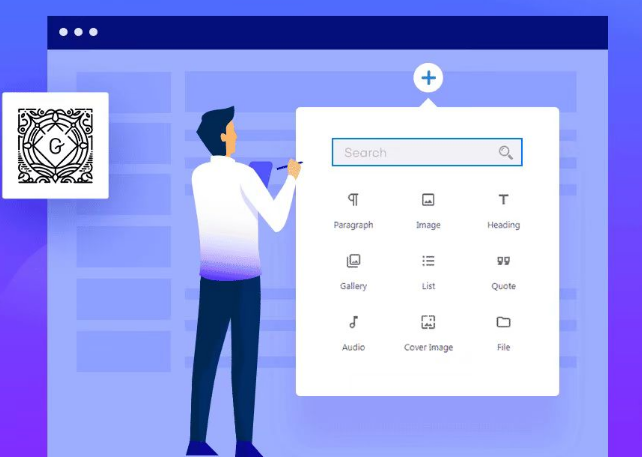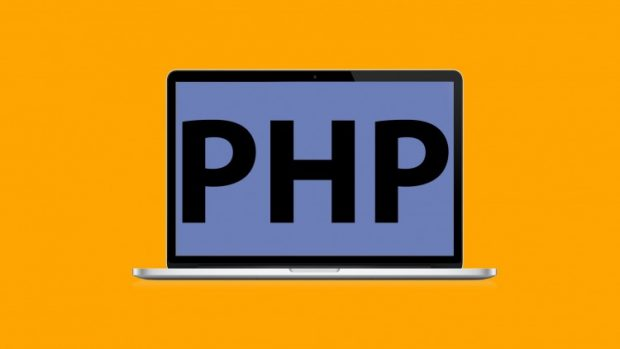WebP 是一种现代图片格式,它在保持高质量的同时,具有更小的文件大小。使用 WebP 图像可以显著提升网站性能和加载速度。以下是如何在 WordPress 中上传 WebP 图像的详细教程。
![图片[1]-如何在 WordPress 中上传 WebP 图像-光子波动网 | 专业WordPress修复服务,全球范围,快速响应](https://www.361sale.com/wp-content/uploads/2024/07/2024071502143527.png)
为什么选择 WebP格式图像?
- 更小的文件大小:相比 JPEG 和 PNG,WebP 图像的文件大小更小,减少了带宽消耗。
- higher quality:在较小文件大小的前提下,WebP 仍能保持高质量的图像效果。
- SEO Advantages:更快的加载速度可以提高用户体验,从而有助于SEO优化。
How to Upload WebP Images in WordPress
WordPress 5.8及以上版本
- 支持 WebP 上传:在 WordPress 5.8 及以上版本中,你可以直接上传 WebP 格式的图像,无需额外插件。
- compatibility:确保你的 WordPress 已更新到最新版本,以享受这一功能。
WordPress 5.8以下版本
- 不支持 WebP 上传:默认情况下,WordPress 5.8 以下版本不支持 WebP 格式,需要借助插件。
1. 使用插件启用 WebP 支持
推荐插件:WebP Express
- 安装 WebP Express 插件::
- Log in to your WordPress admin backend.
- Go to "plug-in (software component)" > "Installation of new plug-ins".
- 搜索“WebP Express”并点击“Now installing".
- After the installation is complete, click "activate"Plugins.
![图片[2]-如何在 WordPress 中上传 WebP 图像-光子波动网 | 专业WordPress修复服务,全球范围,快速响应](https://www.361sale.com/wp-content/uploads/2024/07/2024071501473049.png)
- 配置 WebP Express 插件::
- 在 WordPress 管理后台,前往“set up" > "WebP Express".
- 在配置页面中,可以设置 WebP 图像的质量和缓存策略。
- 保存设置。
![图片[3]-如何在 WordPress 中上传 WebP 图像-光子波动网 | 专业WordPress修复服务,全球范围,快速响应](https://www.361sale.com/wp-content/uploads/2024/07/2024071501511656.png)
2. 转换现有图像为 WebP 格式 🔄
使用插件:Converter for Media
- 安装 Converter for Media 插件::
- Go to "plug-in (software component)" > "安装新插件”The
- 搜索“Converter for Media”并点击“Now installing".
- After the installation is complete, click "activate"Plugins.
![图片[4]-如何在 WordPress 中上传 WebP 图像-光子波动网 | 专业WordPress修复服务,全球范围,快速响应](https://www.361sale.com/wp-content/uploads/2024/07/2024071501530510.png)
- 转换图像::
- 在 WordPress 管理后台,前往“media, esp. news media" > "Converter for Media".
- Click "开始转换”按钮,将现有的 JPEG 和 PNG 图像转换为 WebP 格式。
- 等待转换完成。
3. 上传 WebP 图像
启用插件后,你可以像上传其它格式图像一样,直接上传 WebP 图像。
Method 1: Using plug-ins
使用插件是更简单的方法。以下是几个流行的支持 WebP 上传的插件:
- Enable Media Replace:这个插件不仅允许上传 WebP 图像,还能替换已有的媒体文件。
- Imagify:这是一个优化图像的插件,支持 WebP 格式的上传和转换。
- Smush:另一个优化图像的插件,支持 WebP 格式。
以 Smush 插件为例:
![图片[5]-如何在 WordPress 中上传 WebP 图像-光子波动网 | 专业WordPress修复服务,全球范围,快速响应](https://www.361sale.com/wp-content/uploads/2024/07/2024071502110340.png)
- Log in to the WordPress dashboard.
- In the left-hand menu, select plug-in (software component) > Installation of new plug-insThe
- 在搜索栏中输入 “Smush”。
- Installation and activation Smush Plug-ins.
- In the left-hand menu, select Smush > set upThe
- 找到并启用 WebP Conversion Options.
方法二:手动上传并使用 WebP 图像
如果你已经有了 WebP 图像并希望手动使用它们,你可以使用 FTP maybe cPanel 文件管理器将 WebP 图像上传到 WordPress 站点的 wp-content/uploads 文件夹。然后,通过编辑页面或文章的 HTML 代码来引用这些图像。
![图片[6]-如何在 WordPress 中上传 WebP 图像-光子波动网 | 专业WordPress修复服务,全球范围,快速响应](https://www.361sale.com/wp-content/uploads/2024/07/2024071502053275.png)
Example:
<img src="https://yourwebsite.com/wp-content/uploads/2024/07/your-image.we也可通过登录到 WordPress 仪表板,导航至“media, esp. news media">"添加文件”,选择你的 WebP 图像上传即可。
![图片[7]-如何在 WordPress 中上传 WebP 图像-光子波动网 | 专业WordPress修复服务,全球范围,快速响应](https://www.361sale.com/wp-content/uploads/2024/07/2024071502025312.png)
draw attention to sth.
- Browser compatibility:尽管大多数现代浏览器都支持 WebP,但仍有少数不支持。确保你的网站有回退机制,可以显示其他格式的图像。
- 测试加载速度:使用 PageSpeed Insights 或 GTmetrix 测试网站加载速度,确保优化效果显著。
reach a verdict
通过在 WordPress 中使用 WebP 图像,你可以显著提升网站性能,改善用户体验,并有助于 SEO 优化。
Link to this article:https://www.361sale.com/en/13596The article is copyrighted and must be reproduced with attribution.
























![表情[xiaojiujie]-光子波动网 | 专业WordPress修复服务,全球范围,快速响应](https://www.361sale.com/wp-content/themes/zibll/img/smilies/xiaojiujie.gif)








No comments